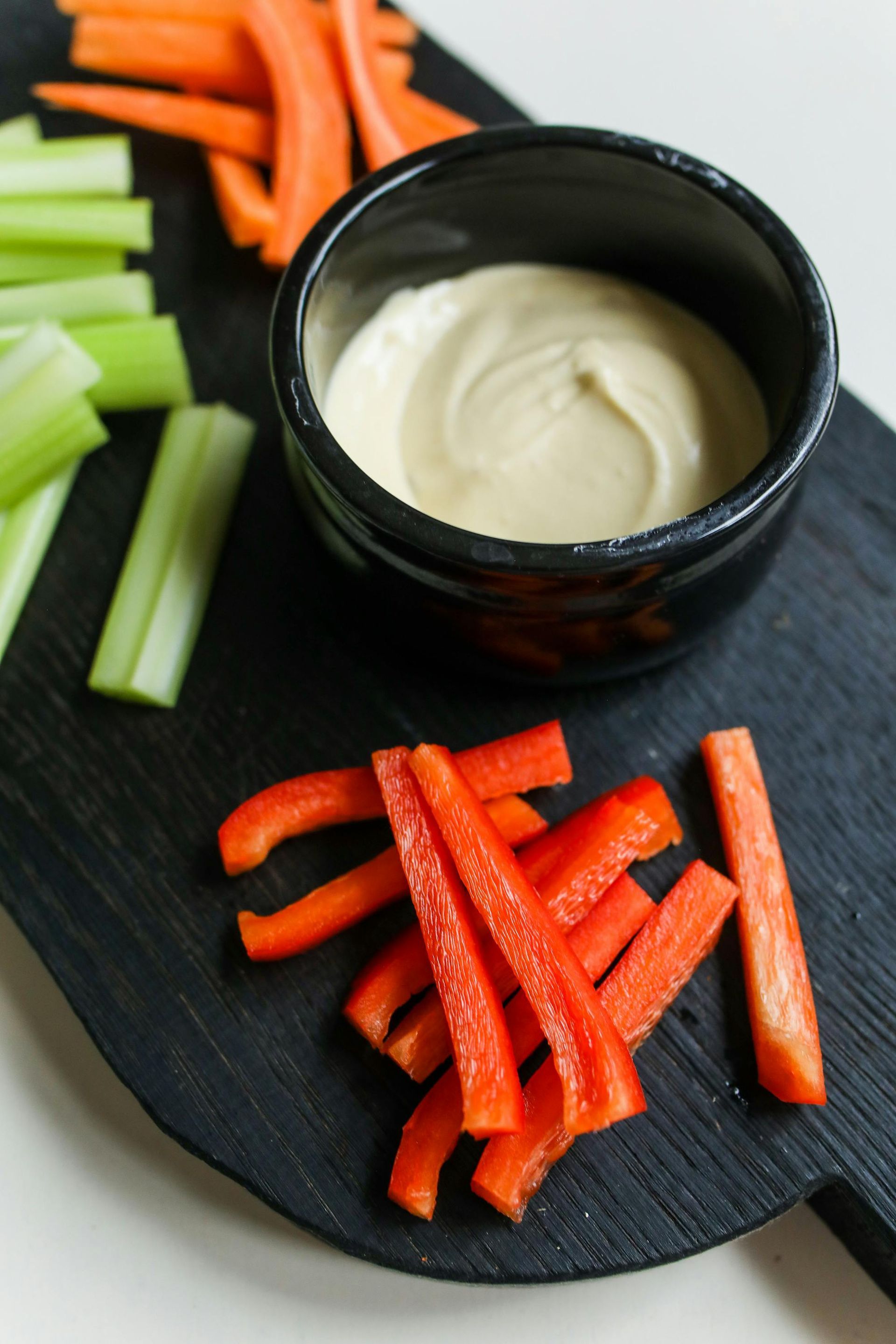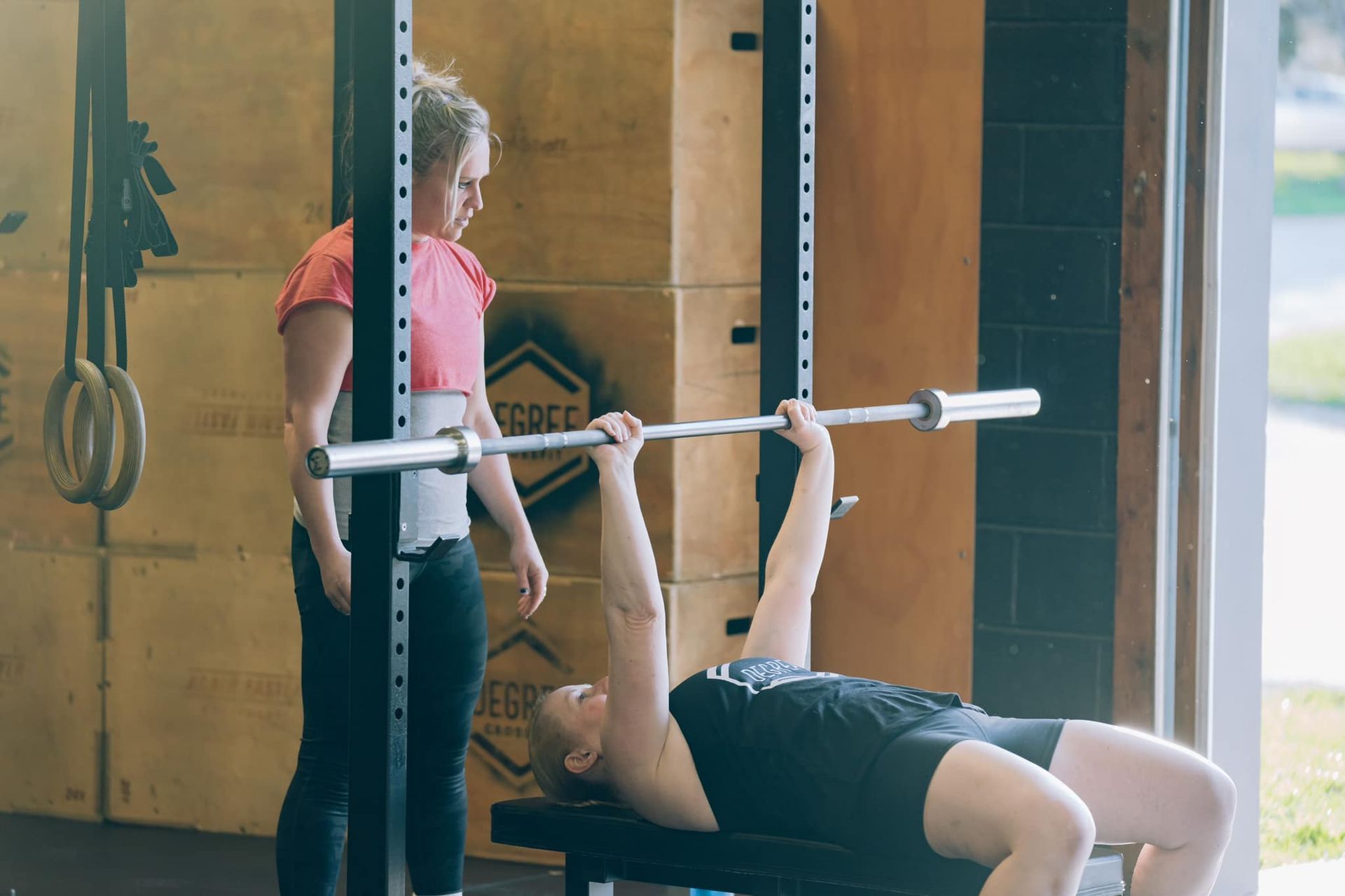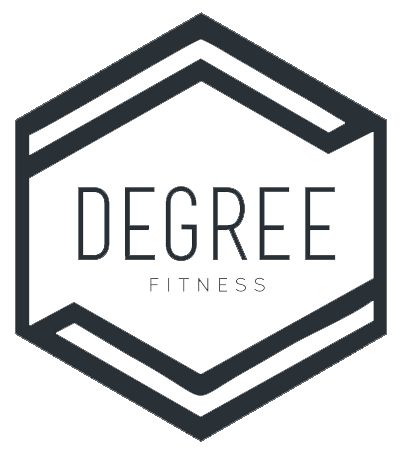Improve Your Stride with Strength Training!
Written By: Coach Amanda
Strength training is recommended for all runners, whether you are just starting or training for a half marathon. Strength training can help prevent injuries by strengthening connective tissues and muscles needed while running. It can improve coordination skills needed to be able to balance while running and run faster.
When getting into running it is tempting to focus just on the running but I recommend getting into some good strength training habits from the start!
There are many runners who do not do strength training until after their first injury… like myself! We are much more likely to avoid that injury if we incorporate some strength training from the start. Strength training does not have to look scary or intimidating… These workouts could be bodyweight exercises while watching tv or with your friends at Degree.
There are a few exercises that I have used post injury:
Cyclist squat
Benefits
- This is a deep squatting motion that engages your quads and your hip flexors
- These muscles will help strengthen your stride and make you a more powerful runner
- Helps with joint stability, balance and reduces injury
- Good for ankle mobility
How To
- Start by grabbing two plates that you are able to elevate your heels on to
- Grab two Dumbbells or Kettlebell at a moderate weight
- Elevate your heels so you are able to get into a deeper range of motion
- While holding your weights in a suitcase carry begin
- Allow your knee to drive forward while you are staying upright
- Come up to standing position and repeat
- Focus on depth and range of motion
Goblet Hold Single Leg Squat
Benefits
- Helps with unilateral strength and unilateral stability
- Helps with balance which can benefit runners when they become tired and unstable
- Exercise will target quads, hamstrings and glutes
- All the load is going to be on your working leg
How To
- Start by grabbing one to two plates that are about 6-12 inches off the ground
- Hold dumbbell or kettlebell in the goblet position, which will help with core activation
- You will begin with one foot on the plates with the other foot dangling off the edge
- Sit back a little bit so you are able to drop your heel down to the ground but try not to set it down
- Come back up to standing position and repeat
- Do this movement on each side
Half-Kneeling Adductor Slide
Benefits
- Great workout for hip mobility and range of motion
- Improves flexibility in your groin and adductors
- Helps engage core and hip muscles
How To
- Using a Kettlebell or a Dumbbell
- Come down to your half kneeling position (one knee and one foot on the ground)
- Working leg should be out to the side and at a 90 degree angle
- Make your your hips are square and your are not rotated towards your working leg out to the side but instead with the knee that is down
- Slide your knee out over your toe
- The weight can be up in goblet position or down between your legs
- Make sure you are moving slow and in control for this movement
Single-Leg Leg Lifts
Benefits
- Will target core and hip flexors
- Movement builds hip flexor strength and pelvic stability
How To
- Start by sitting on the ground with both legs out in front of you
- A Kettlebell or Dumbbell will be set on the floor in front of you by your feet
- Start with both feet on one side of the KB or DB
- If mobility is accessible, try to sit up straight with both legs straight
- Lift each leg individually over the KB or DB and then back to the starting side
- Complete about 20 reps on one side then switch legs
Deficit Reverse Lunges
Benefits
- Benefits your range of motion
- Improves flexibility and mobility
- Gives more mobility and strength in a runner's stride
- Builds glutes, quads and hamstrings
- Movement helps build strength in legs which will provide power during run
How To
- Have a plate on the ground
- Step both feet onto the plate
- Have one leg step back and off the plate into a reverse lunge
- Step back up on the plate and engage quads
Join our upcoming Running Club this September!
Whether you are new to running or you're a seasoned runner looking to strengthen your stride, this program is perfect for all in between.
This five week program is all about busting running myths, forming a better warm up/cool down routine, strengthening necessary muscles and of course running.
No previous running experience is necessary; just bring yourself, some enthusiasm, and your running shoes!
Details:
Wednesday September 4, 11, 18, 25 and October 2
6:30PM-7:30PM
$150+tx/members
$165+tx/non-members
To register email amanda@degressfitnessseaforth.com, call/text 519-441-7492 or send us a message to save your spot!



